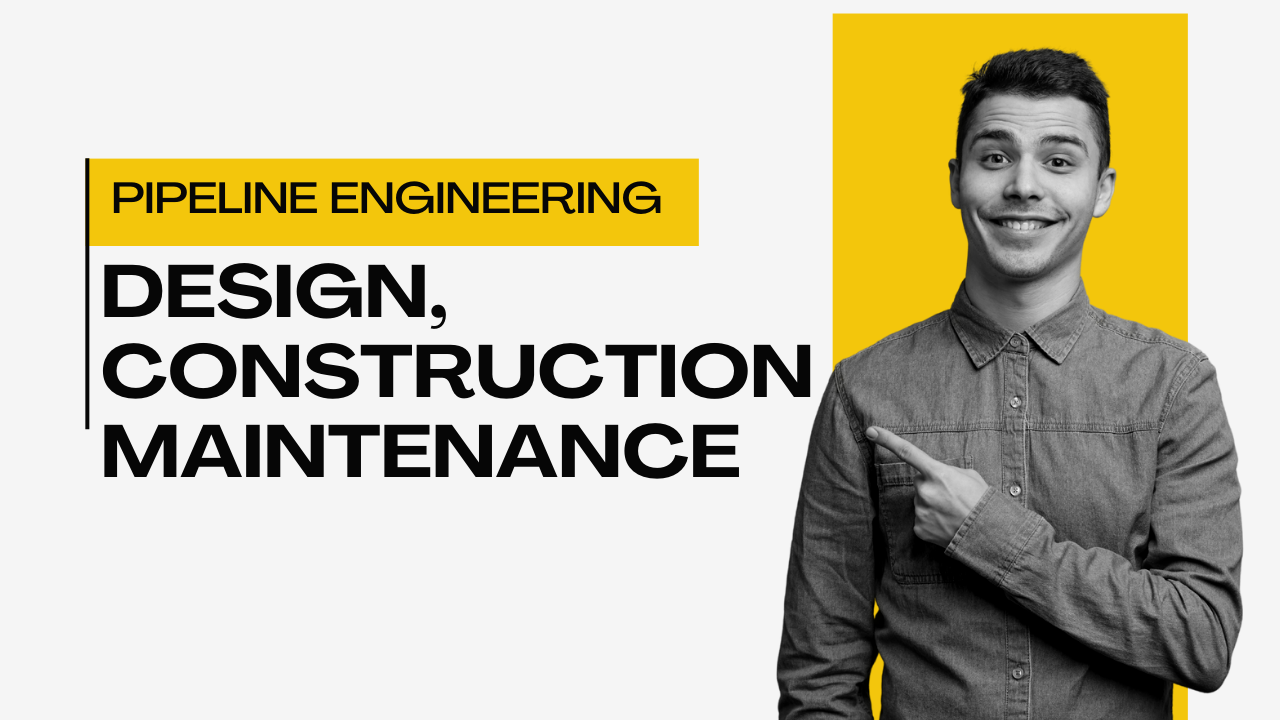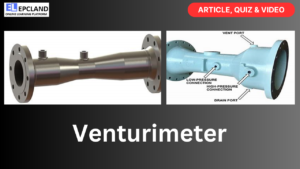in Pipeline Engineering, Pipeline systems are critical components of various industries, serving as conduits for the transportation of liquids, gases, and other materials. Proper pipeline engineering ensures safe, efficient, and reliable transportation, making it a crucial aspect of infrastructure development. This article provides an in-depth overview of pipeline engineering, covering design principles, construction methodologies, and ongoing maintenance practices.
Introduction
The intricate network of pipelines forms the backbone of modern industrial processes, including oil and gas transportation, water supply, and more. Effective pipeline engineering encompasses a range of disciplines, from civil and mechanical engineering to material science and environmental considerations. Let’s dive into the key aspects of pipeline engineering.
Table of Contents
Understanding Pipeline Engineering
Pipeline engineering involves the design, construction, operation, and maintenance of pipelines. It’s a multidisciplinary field that requires expertise in various areas to ensure the seamless flow of materials while maintaining safety and environmental standards.
Designing Pipelines: Principles and Considerations
Designing pipelines is a complex process that requires careful planning and analysis. The following considerations play a pivotal role in creating a robust pipeline system.
Hydraulic Considerations
Hydraulic design ensures that the pipeline can accommodate the desired flow rate, pressure, and capacity. Engineers analyze factors such as fluid properties, terrain, elevation changes, and friction losses to determine the optimal pipeline diameter and layout.
Material Selection
Choosing the right materials is essential to ensure the longevity and integrity of the pipeline. Factors like the transported material’s corrosiveness, temperature, and pressure dictate the selection of suitable materials, such as steel, plastic, or composite materials.
Route Selection and Environmental Impact
Pipeline routes are chosen with careful consideration of environmental impact and community concerns. Engineers assess factors like terrain, geological conditions, and potential ecological effects to minimize disturbances and risks.
Constructing Pipelines: Methodologies and Techniques
The construction phase transforms the pipeline design into a tangible system. Several construction methodologies and techniques are employed to ensure the successful implementation of pipeline projects.
Trenching and Excavation
Trenching involves digging a trench along the pipeline route and placing the pipe within it. This traditional method is suitable for various terrains and is commonly used for large-diameter pipelines.
Horizontal Directional Drilling (HDD)
HDD is used to install pipelines under obstacles like rivers, highways, and urban areas. This technique minimizes surface disruptions and environmental impact while providing flexibility in pipeline placement.
Welding and Joining Techniques
Welding is a critical aspect of pipeline construction, ensuring the integrity of joints between pipe sections. Modern techniques like automated welding and non-destructive testing are employed to maintain high-quality welds.
Maintaining Pipeline Integrity: Strategies and Practices
Pipeline maintenance is essential to ensure safe and reliable operation. Various strategies are employed to monitor, assess, and address potential issues that could compromise pipeline integrity.
Regular Inspections and Monitoring
Scheduled inspections using technologies like smart pigs, drones, and remote sensors help identify corrosion, cracks, and anomalies. This proactive approach allows for timely repairs and prevents catastrophic failures.
Cathodic Protection
Cathodic protection is used to prevent corrosion by introducing a sacrificial anode that corrodes in place of the pipeline material. This technique is especially crucial for buried pipelines exposed to soil and water.
Emergency Response Planning
Effective emergency response plans are essential to mitigate the impact of incidents like leaks or ruptures. Quick response, isolation, and containment strategies are key components of such plans.
FAQs
Q1: What is pipeline engineering? A1: Pipeline engineering involves the design, construction, and maintenance of pipeline systems for the transportation of liquids, gases, and other materials.
Q2: What factors influence pipeline design? A2: Factors such as hydraulic considerations, material selection, and route planning impact pipeline design decisions.
Q3: How are pipelines constructed under obstacles? A3: Horizontal Directional Drilling (HDD) is a technique used to install pipelines under obstacles like rivers and highways without extensive excavation.
Q4: How is pipeline integrity maintained? A4: Regular inspections, cathodic protection, and emergency response planning are strategies employed to maintain pipeline integrity.
Q5: What is the role of welding in pipeline construction? A5: Welding is crucial for joining pipe sections, ensuring structural integrity and preventing leaks or failures.
Conclusion
Pipeline engineering encompasses a wide array of considerations, from design principles to construction techniques and ongoing maintenance strategies. Successful pipeline projects rely on the collaboration of experts across disciplines to ensure the safe and efficient transportation of materials while minimizing environmental impact. As technology continues to advance, the field of pipeline engineering evolves, contributing to the development of more resilient and sustainable infrastructure systems.
Recommended courses (Published on EPCLand)
- Basics of Piping Engineering
- Piping Layout Engineering
- Piping Material Engineering
- Piping Stress Analysis
- Complete Course on Piping Engineering
- Material Requisitions
- Piping Material Specifications
- Valve Material Specifications
Don’t miss the published articles on following:
Related Video
Attempt Quiz
Question 1:
What is the primary objective of pipeline engineering?
Explanation: The primary objective of pipeline engineering is to design, construct, and maintain efficient and safe pipelines that transport fluids or gases over long distances.
Question 2:
What is cathodic protection used for in pipeline engineering?
Explanation: Cathodic protection is used to prevent internal and external corrosion of pipelines by applying an electric current to counteract the corrosion process.
Question 3:
Which phase of pipeline construction involves joining sections of pipe together?
Explanation: The welding and fabrication phase of pipeline construction involves joining sections of pipe together to create the continuous pipeline structure.
Question 4:
What is the purpose of in-line inspection (ILI) in pipeline maintenance?
Explanation: In-line inspection (ILI) involves using specialized tools and technologies to detect and assess pipeline defects, such as corrosion, cracks, and anomalies, to ensure the integrity of the pipeline.
Question 5:
What factors are considered in the route selection phase of pipeline engineering?
Explanation: The route selection phase of pipeline engineering involves considering geographical, environmental, and social factors to determine the optimal path for the pipeline, ensuring minimal impact and maximum safety.



